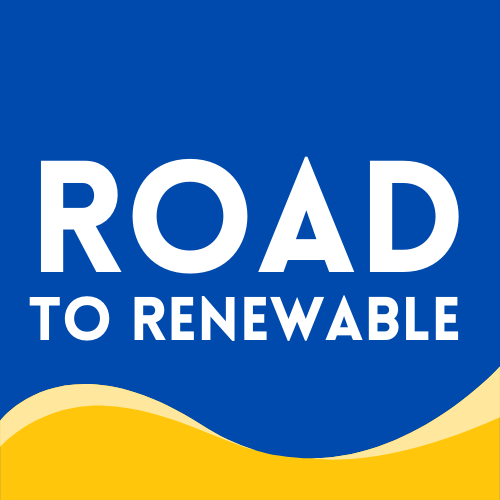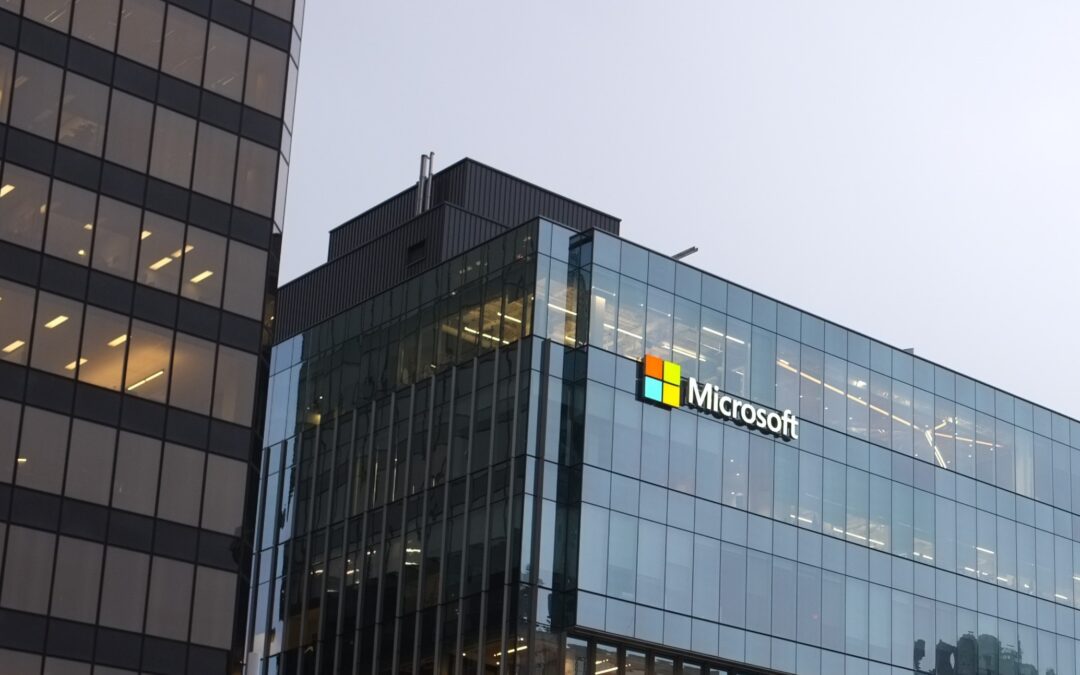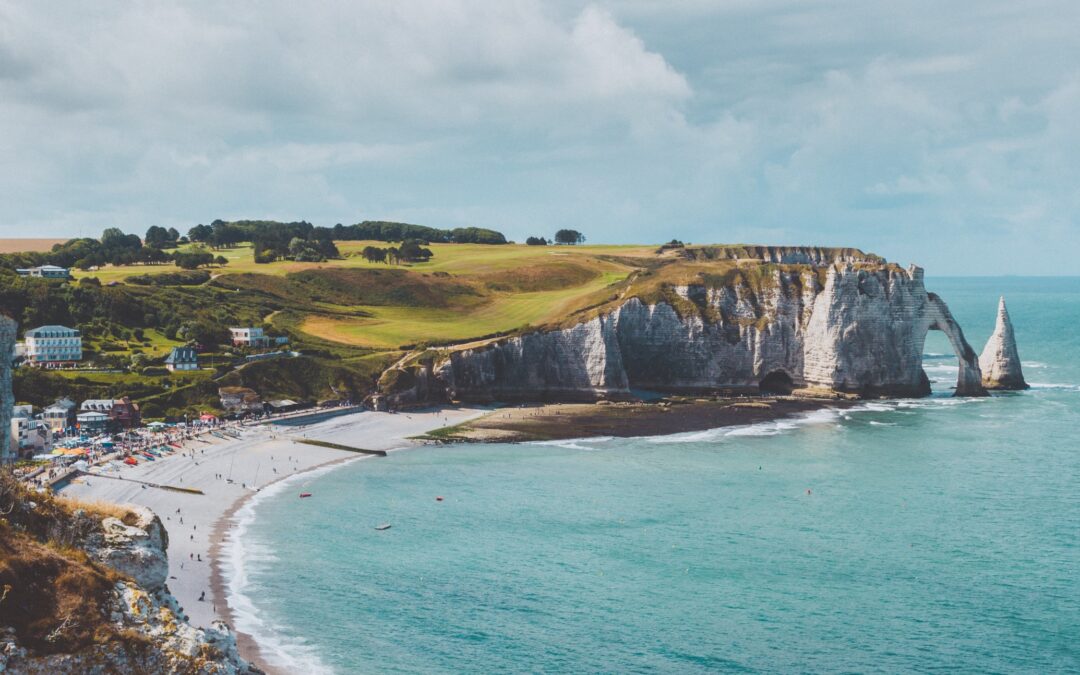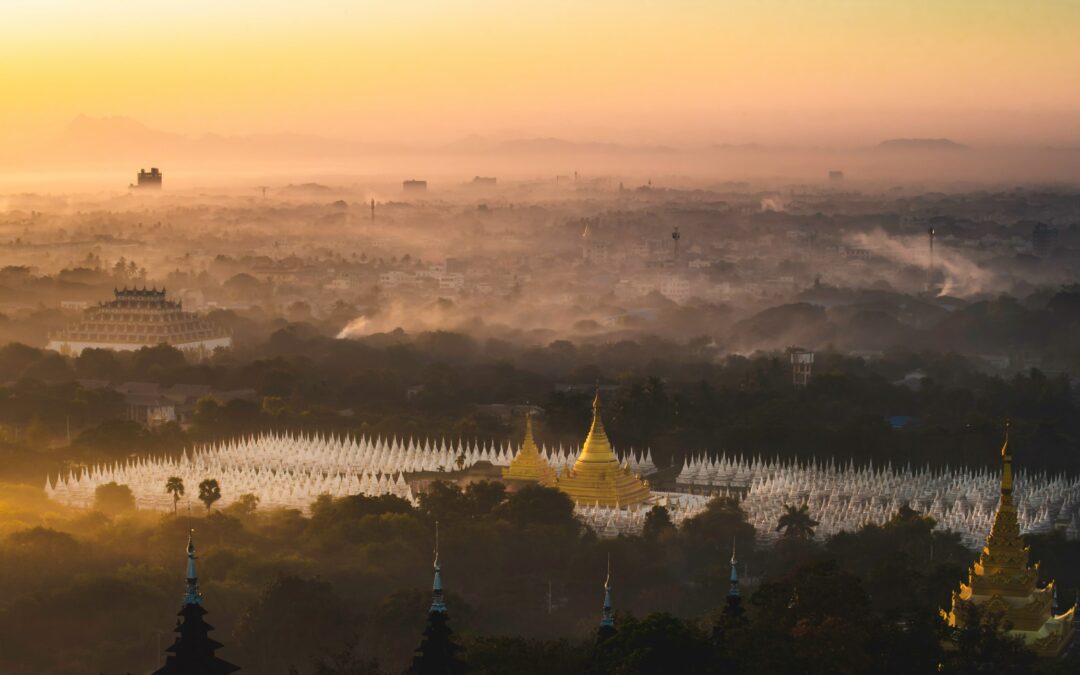
Morocco’s mission to become a solar powerhouse
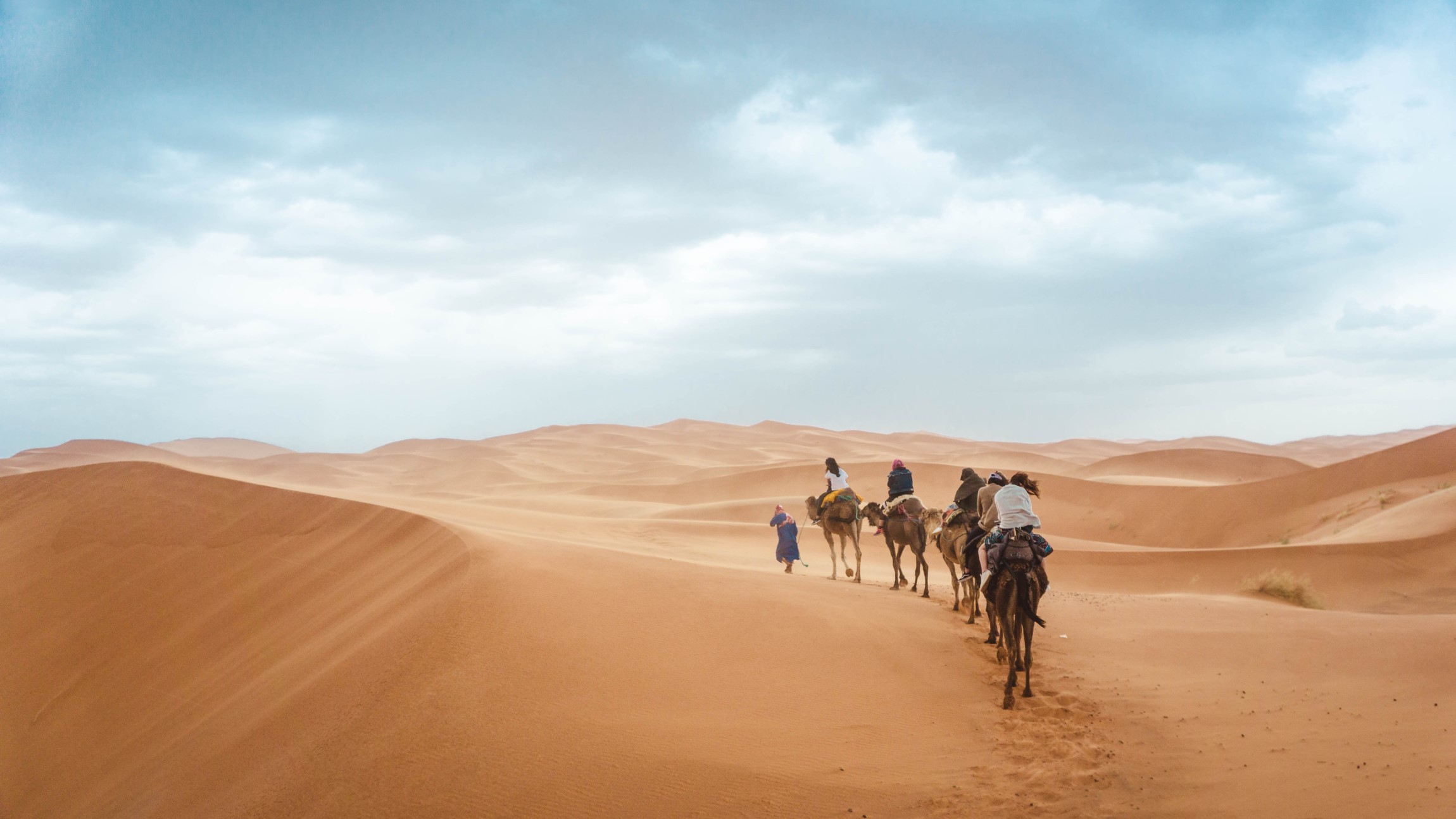
Most recent
Morocco has great ambitions to become a net solar exporter. How does the country plan to achieve these incredible feats?
In 2008, Morocco launched the National Energy and Energy Efficiency Plan, aiming to reduce costs of energy production and reduce carbon emissions. The changes are much necessary as the North-African country is highly dependent on imported fossil fuels, leaving it not only vulnerable to geographical instability, but is also a burden to its economy. Fossil fuels have been a staple energy source for the country since the 1900s. The African nation has been heavily relying on coal, oil and natural gas for its electricity demand.
After the second world war, Morocco has been rapidly increasing oil imports, coming from 5,444 TWh in 1950, up 52,970 TWh in 2022. Coal and natural gas have followed the same growth trajectory, with coal growing from 12,603 TWh to 44,854 TWh in 2022. The share of natural gas has increased from 2,092 TWh in 1950 to 39,413 TWh in 2022. Renewables such as wind and solar have played a minor role up to this point, but the nation has set an ambitious target to exponentially grow the share of renewables.
Funding solar projects in Morocco
In 2015, during the UNFCCC’s Conference of the Parties (COP21), Morocco announced it wanted to increase renewable energy capacity o to 52 percent of its energy mix by 2030, of which 20 percent had to come from solar. Solar energy output has to total 4,560 MW to meet the target set out by the government. In 2016, Morocco launched the first phase of the to-be built largest concentrated solar plant. Once the plant reaches full completion, it will be able to provide electricity to over one million households. In June 2018, the World Bank approved $125 million in additional funding to support Morocco to develop its second solar facility, the Noor-Midelt complex concentrated solar power facility. The Moroccan Agency for Sustainable Energy (MASEN) would lead the development of the solar power facility. The Noor-Midelt complex will complement the Noor-Ouarzazate facility.
The Noor-Ouarzazate CSP plant will deliver an expected 500 megawatts of power and reduce annual carbon emissions by 760,000 tons per year from 2018 onwards. By growing solar power capacity, the facility will decrease annual oil imports to Morocco by 2.5 million barrels, making the country less reliant on external suppliers. Marie Francoise Marie-Nelly, World Bank Country Director for the Maghreb said in the press release, “With this bold step toward a clean energy future, Morocco is pioneering a greener development and developing a cutting edge solar technology.” Adding that investment significantly improves energy independence and helps in creating a clean environment for its citizens.
In August 2019, the European Investment Bank chimed in with €106.5 million ($116.2 million) to support the development of the Noor-Ouarzazate through the Neighboring Investment Facility (NIF) program. The funding is part of the Mediterranean Solar Plan, launched in 2015, aiming to accelerate renewable energy adoption in selected countries in the Mediterranean, including Morocco, Algeria and Tunisia among others.
In a 2020 report, the Moroccan Economic, Social, and Environmental Council (CESE) found that the country is capable of generating 96 percent of its energy demand through renewable sources. The CESE highlighted that if the country is able to create an effective energy transition program, it can reduce its reliance on petroleum products to 17 percent by 2050. Policymakers however, will have to exponentially ramp up renewable energy capacity if it wants to meet energy demand, which is expected to triple over the same period. By adopting clean energy sources, the CESE expects carbon emissions to decrease by 30 percent and particulate matter by around 50 percent by 2050.
Changing solar industry
In August 2022, Llewellyn King at Forbes spoke with dynamic minister of energy transition and sustainable development, Leila Benali, about the ambitions of Morocco to become a beacon of renewable light. Benali commented that the country wants to become a net exporter of renewable energy to Portugal and Spain, with the desire to deliver energy to countries further away such as the United Kingdom. However, in order for this to happen, market conditions for energy exchange between Europe and Morocco will have to become more favorable.
These conditions have become more distant than ever. As Morocco has placed its bets on concentrated solar power during a time when photovoltaic panels were still expensive. Since then, the price of solar panels have fallen drastically, allowing an exponential ramp up of solar power generation in the UK and Europe. Not all hope is lost, however. King notes that concentrated solar installations can store excess energy for later usage, highlighting the Noor-Ouarzazate farms which can store 3 hours worth of solar energy.
Despite the promises of concentrated solar, in the United States, one of the pioneers of the technology, further expansion has been lackluster, primarily due to its shortcomings. In June 2019, The New Economy reviewed the massive concentrated solar facility, Ivanpah Solar Electric Generating System, which is able to provide clean energy to up to 140,000 households, but is plagued by major issues. The $2.2 billion plant, with a capacity of 392 MW, opened in 2014, has been riddled with controversies with San Bernardino County passing a bill banning construction of additional concentrated solar facilities.
Concerns have primarily been raised by animal welfare groups, who noted that the solar beams aimed at the panels down below, are so warm, they kill birds, who flock at the light emitting tower to catch insects who are attracted to it. Since starting operations, 6,000 birds are estimated to be incinerated. Overcoming the concentrated heat rays won’t be easy, as these types of solar farms rely on the generated enormous heat to generate electricity. Additionally, this makes the plants inefficient. That doesn’t mean that without the proper implementation, CSP is doomed to fail. But optimizations have to be made to make these plants economically viable.
Benali is not the first one to raise the issue of energy exchange infrastructure. Back in 2019, the president of the Moroccan Agency for Sustainable Energy (MASEN), Mustapha Bakhouri, highlighted that interconnectivity between Morocco and its overseas neighbors Portugal and Spain was an important hurdle to overcome in order to deliver renewable energy. Bakhouri notes that Europe, together with other member states, have worked on developing inter-country corporate power purchase agreements (PPAs) to allow for easier energy exchanges.
However, Morocco is having trouble financing its ambitious energy programs. While Bakhouri says there’s enough interest, MASEN will have to attract additional private sector funding and public financiers. To make these projects a worthwhile investment, Morocco will have to work with the EU to develop better energy exchange frameworks. Bakhouri explains, “Pursuing the cooperation in the implementation of RE objectives in Morocco, notably by supporting new technologies such as storage technologies, waste to power, power to X, Interconnections.” Adding that acceleration of SET Roadmap initiative, which promotes inter-country electricity exchanges.
Delivering energy to international customers, particularly the UK, might be of interest to Morocco, but the distance poses significant challenges. The Naked Scientists spoke to Karim Elgendy and Julia Ravey, about the suboptimal solar conditions in the country for it to become a net solar exporter. Elengy explained that a lot of power is lost during transportation. Elgendy said, “The other challenge of a technical challenge, and it’s the distance between where energy is generated in north Africa and where it is consumed in Europe.” Adding that geographical conditions, such as dust, work against panel efficiency. Factor in the ambient temperatures surrounding the panels, and efficiency drops even further. So before any electricity is transported, a lot has already vanished.
Morocco accelerates solar energy adoption
November 2022, King Mohammed VI urged the government to accelerate the adoption of renewable energy. By growing the output of solar and wind energy, the country can strengthen its energy security and reduce electricity costs, a statement issued by the royal palace commented. In July 2023, the International Finance Corporation (IFC) granted Morocco $106 million in loans for fertilizer and phosphate produce OCP to build two solar plants to enable low-carbon fertilizer production.
Two plants, that will deliver 400 megawatts and allow for 100 megawatt hours of storage, will be built in Benguerir and Khouribga. OCP Group Chairman and CEO Mostafa Terrab, said in a statement, “Today’s agreement is a major milestone towards our target of using 100% renewable energy in our fertilizer production by 2027.” Adding that through the loan, the company will contribute to decarbonization and food security. The ramp-up of renewable energy capacity isn’t without its challenges. Paradoxically, as Morocco is accelerating renewable energy adoption, the changing climate can put additional stress on its electricity infrastructure.
A report published by the International Energy Agency (IEA) in July 2023, found that the increasing temperatures during the hottest and driest months will result in spiking demands for electricity, straining existing infrastructure and decreasing distribution capabilities. Heatwaves will decrease power output from solar PV installations. This effect can largely be attributed to increased temperatures.
Annual average temperatures have already increased by 1.7 degrees Celcius between 1971 and 2017. The IEA notes temperature increases varied wildly per season and geographical location. Some regions throughout Morocco have experienced an increase of over 2 degrees, with the period between April to June having the highest temperatures and lowest precipitation levels. Under current climate models, temperatures are expected to increase further by the end of the 21st century.
These rising temperatures, with extended periods of intense heat waves, put stress on the country’s infrastructure. Solar PV facilities will have trouble maintaining stable operations during the most extreme of conditions as they work best up to 25 degrees. As temperatures increase beyond this threshold, panels become less efficient and power lines are unable to properly distribute electricity.
Learning experience
Despite the gloomy outlook, Morocco can serve as an example for other African nations who are looking to decarbonize their energy generation. In a 2023 interview, PhD Candidate in Political Science with a dual emphasis on International Relations and Comparative Politics at the University of Alberta in Edmonton, Canada, Anas Fassih, argued that valuable lessons were learned in rolling out solar power generation facilities in Morocco. Fassih highlights projects like the Noor Midelt, which combined concentrated solar and photovoltaic panels to create one of the largest solar plants in the world. The project showed that by including local communities, large feats could be achieved.
The facility at Noor Midelt also showed how large infrastructure projects have to consider all external factors, from minimizing environmental impacts to land preservation. Fassih explained, “This means that energy transition efforts should not lead to environmental harm, such as water stress or disruption to local farming practices, thereby deepening the inequalities and marginalization they’re meant to address.” Adding that projects will have to adhere to international standards to secure funding, whilst keeping the interests of local communities in mind.
Morocco solar paradox
Morocco is aiming to exponentially grow its solar capacity. It is building massive solar farms in the hopes it can decrease its reliance on foreign energy imports and become a net exporter of electricity. However, it’s in a race against time. Solar panels have come down in price exponentially in recent years, allowing for its primary customer to become less reliant themselves on foreign energy imports. Meanwhile Morocco has invested in concentrated solar power (CSP), which has become out of fashion due to its high upfront and operational costs.
Further reading
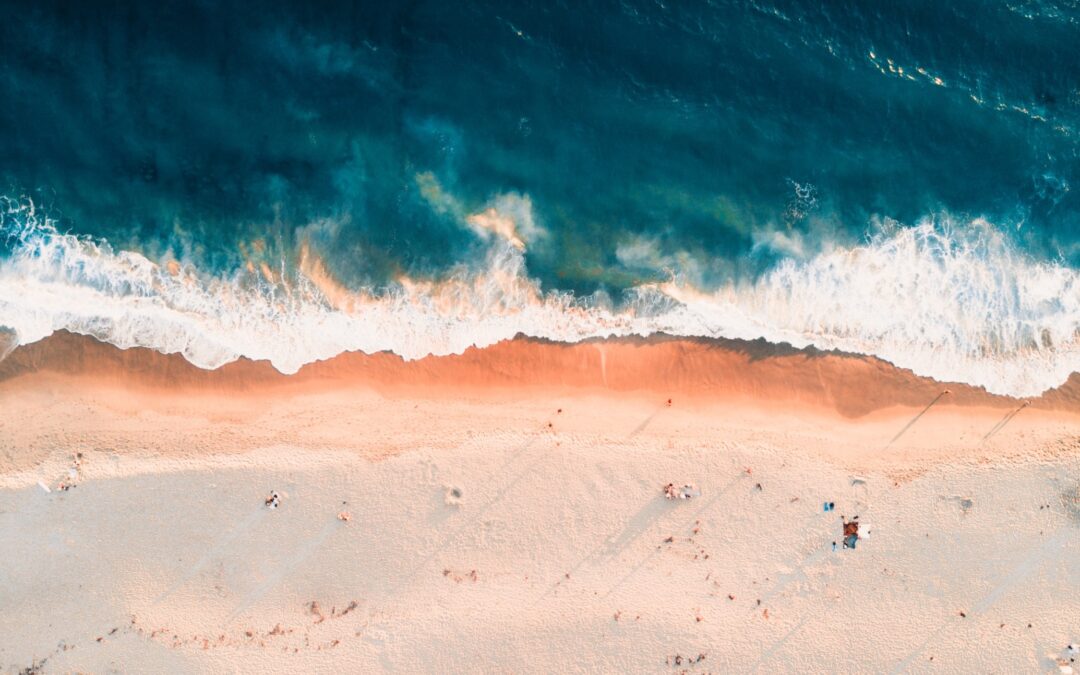
SolarDuck’s mission to scale offshore solar
Start-up SolarDuck wants to demonstrate that offshore solar energy can unlock the doors to scaling renewable...
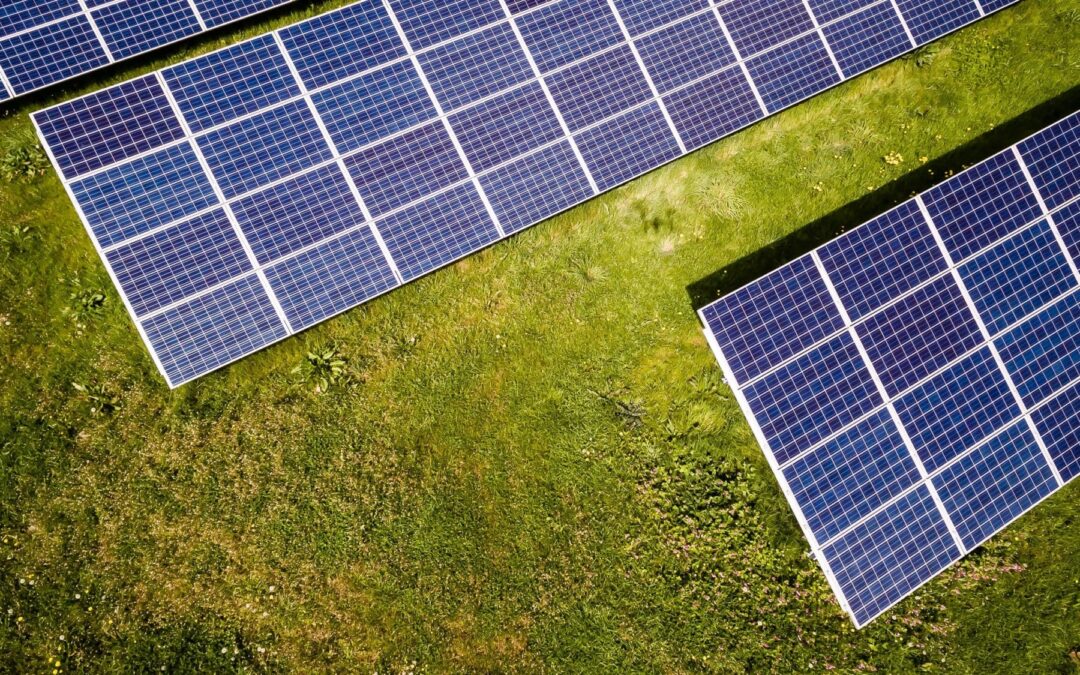
Restoring ecosystems with solar panels
Solar panels are a crucial part of decarbonizing our environment. But, they also pose a risk to local...
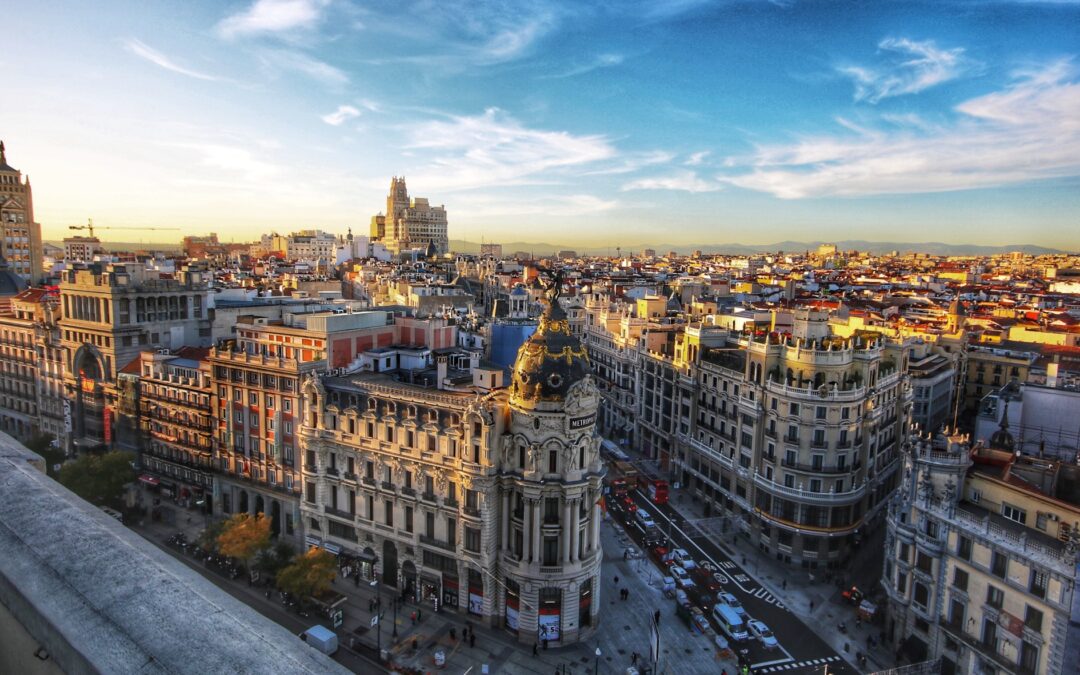
Spain’s struggle to adopt solar power
After several crucial policy missteps, sunny Spain is struggling to get solar power off the ground. The sunny...
Most recent

How Myanmar lost 30% of its forest in 30 years
Myanmar is seeing deforestation rates increase rapidly. In the last three decades, the country already lost 30 percent...
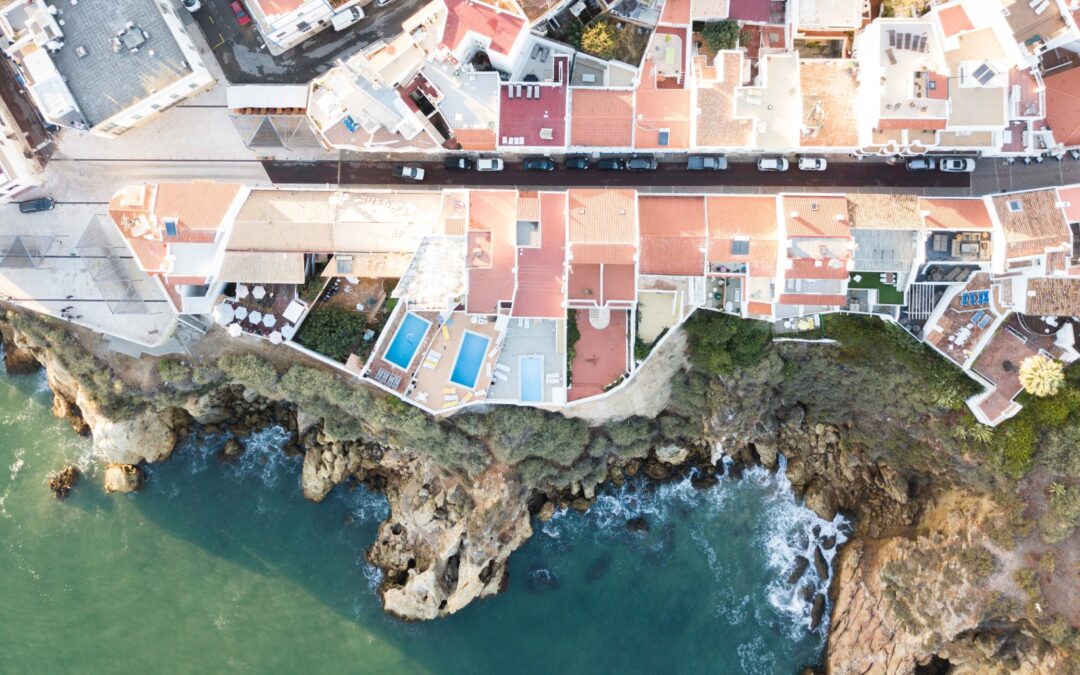
Portugal’s struggle to part with fossil fuels
Portugal is heavily reliant on fossil fuels and its love affair with the fossil fuel industry makes transitioning to...
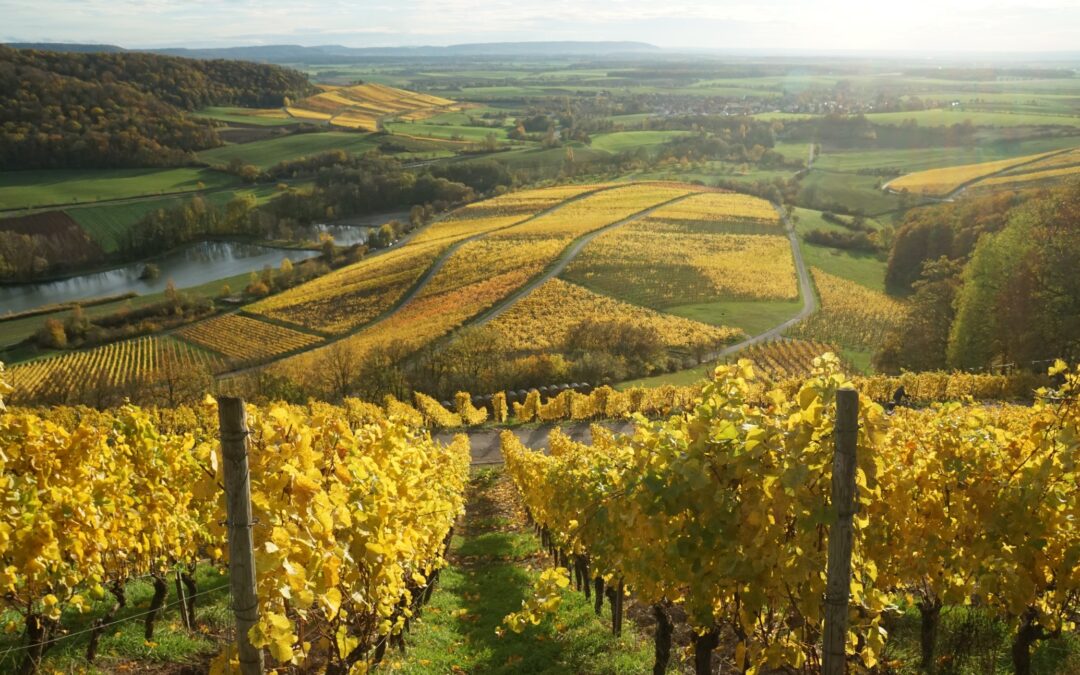
Climate change spells uncertain future for winemakers
Winemakers ride into an uncertain future as climate change spells greater uncertainty for their businesses. Climate...
